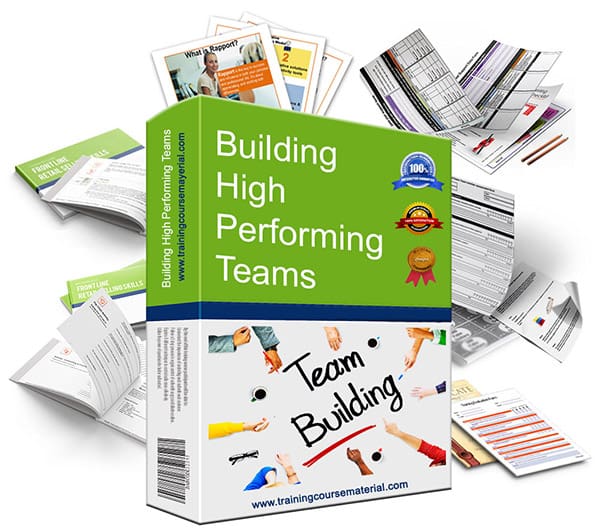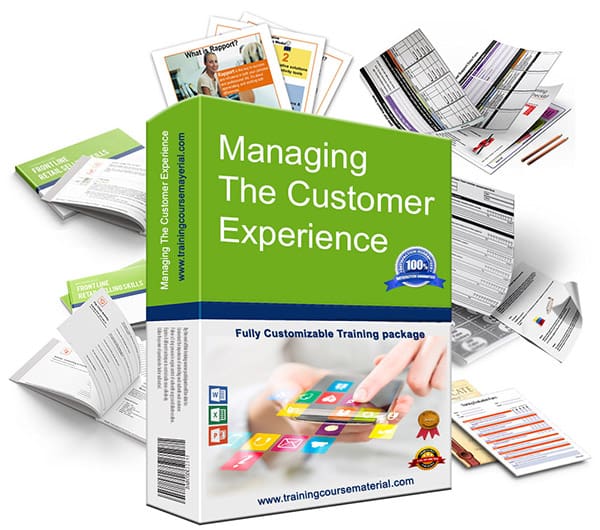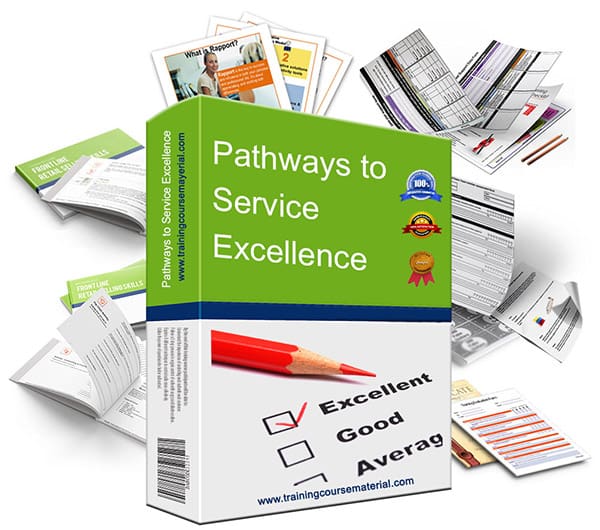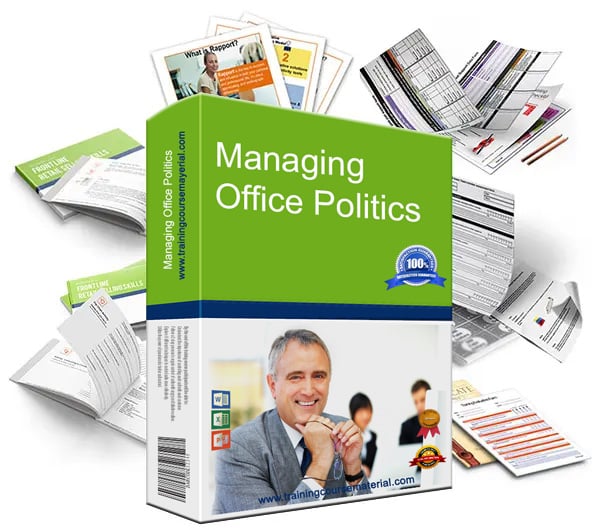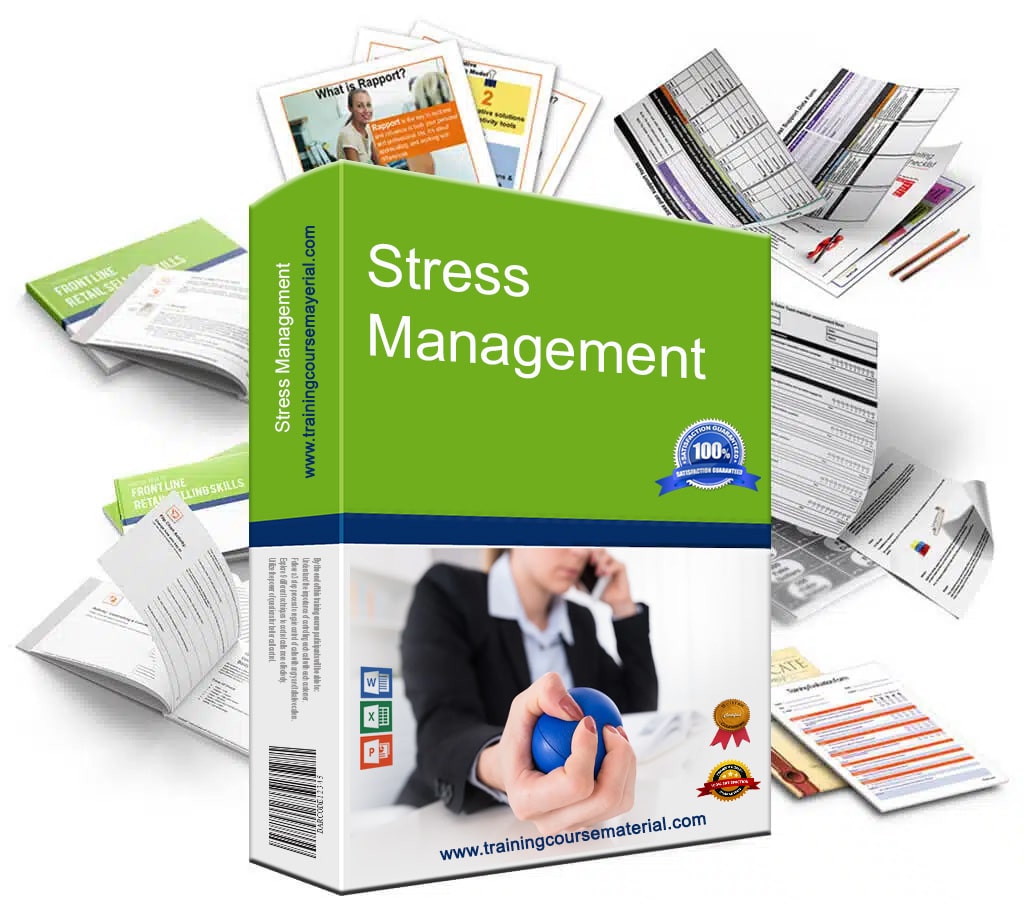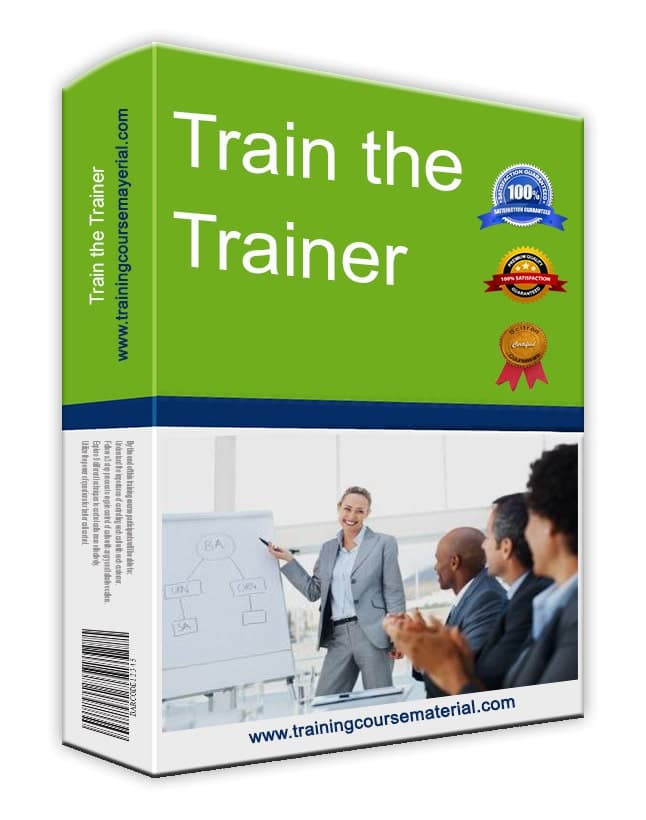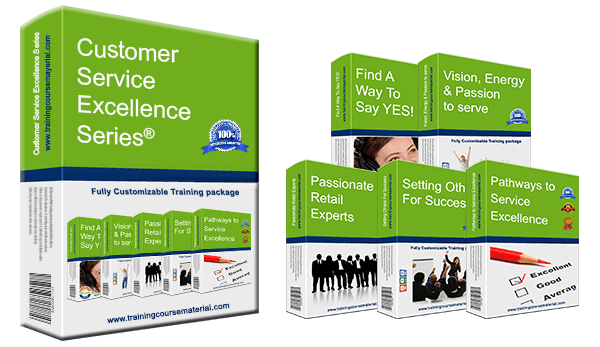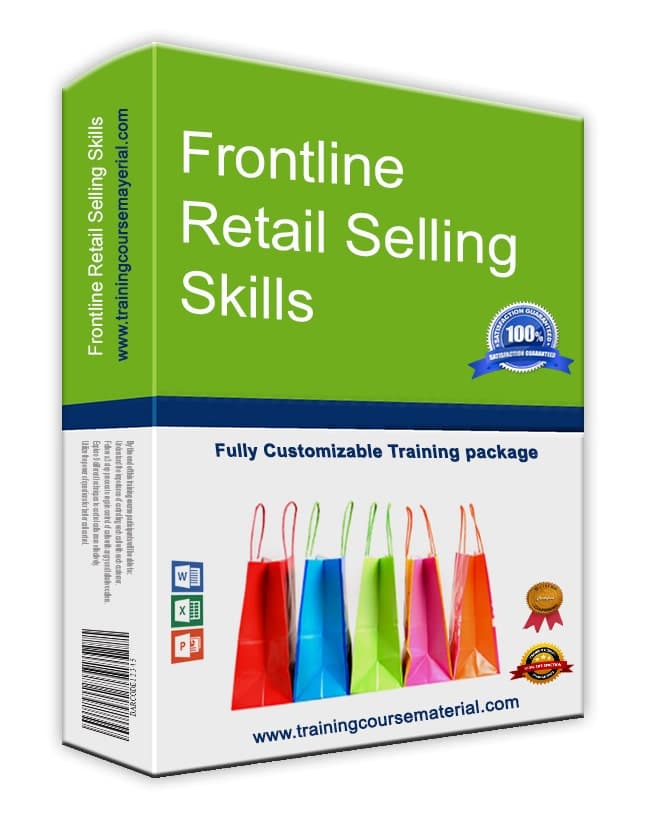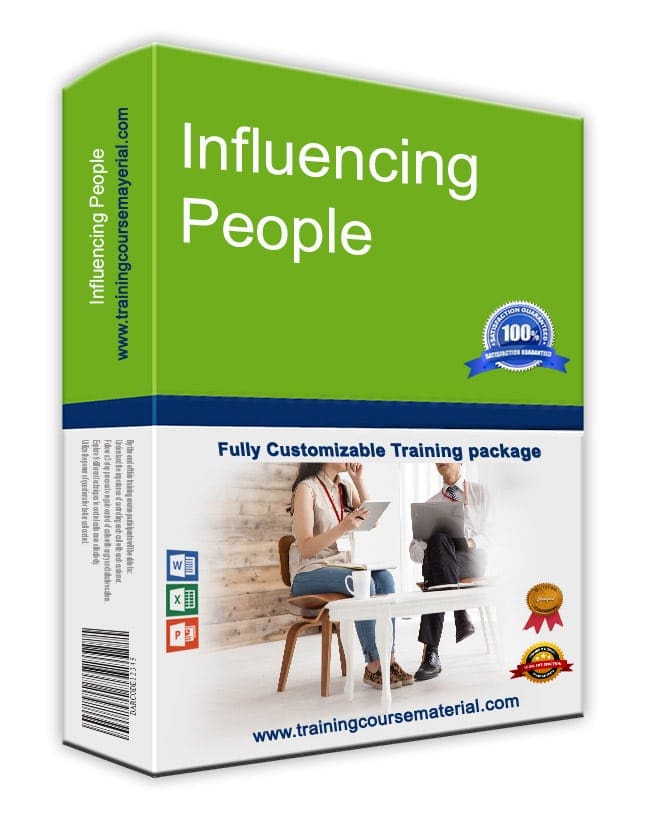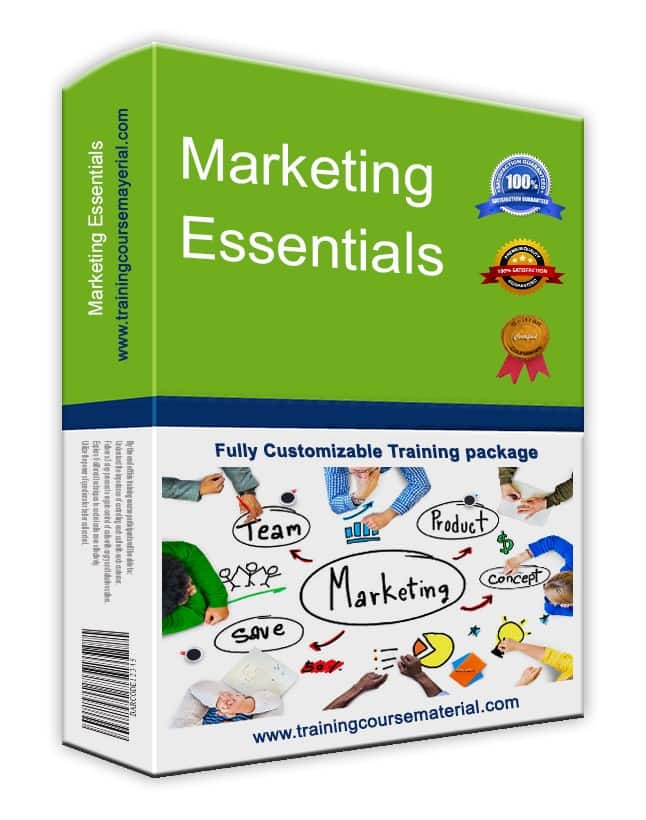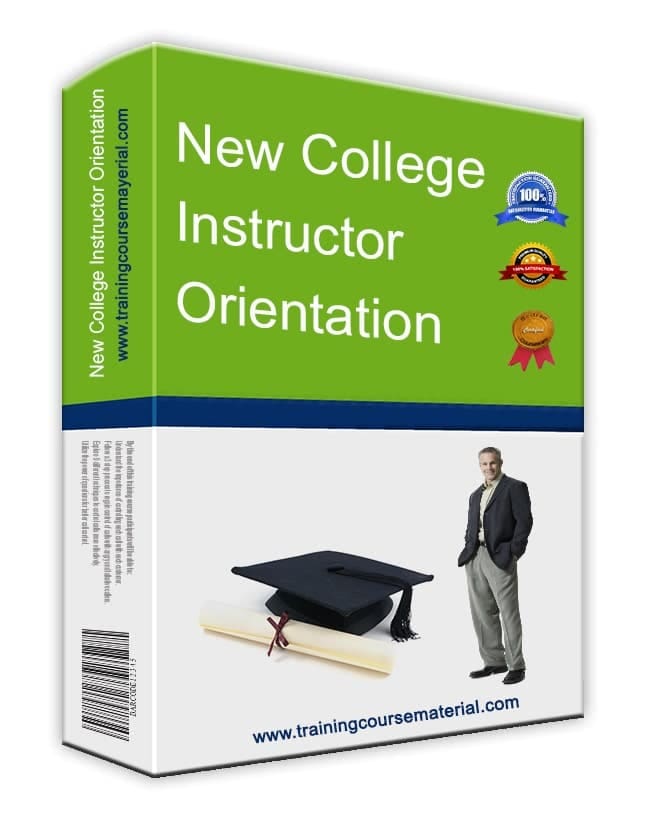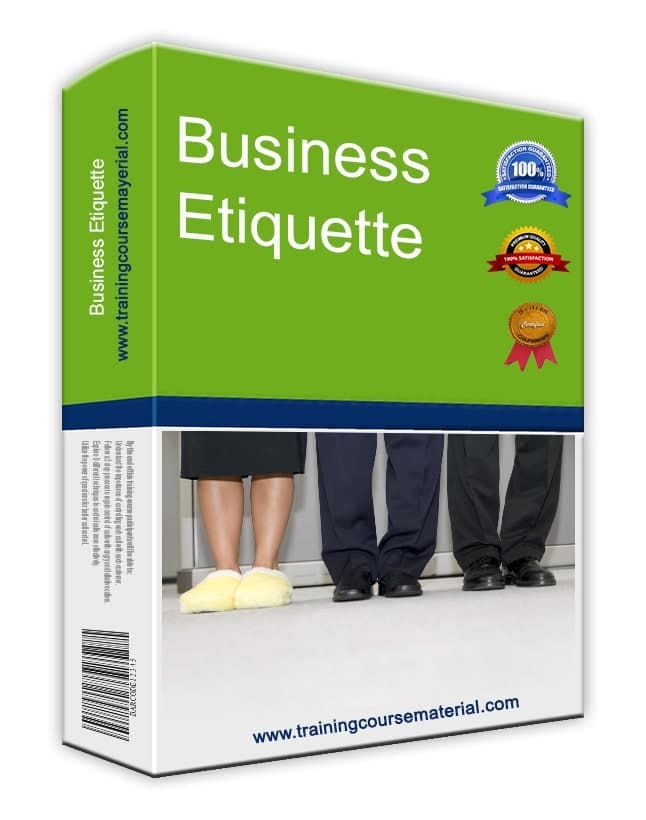Three Activities for Change Management Training
Use these hands-on exercises to help teams anticipate impact, communicate change effectively, and overcome resistance.
Activity 1: Change Impact Mapping
Objective: Help participants understand how organizational changes affect different departments, systems, and people.
Time: 30 minutes
Steps:
- Explain the importance of identifying the impact of change on different aspects of the organization.
- Choose a change initiative (e.g., implementing a new software system).
- Divide participants into groups to brainstorm areas affected (e.g., processes, departments, stakeholders).
- Each group creates an Impact Map showing how change ripples across the organization.
- Groups present their maps and discuss potential risks and opportunities.
Debrief Questions:
- Which area of impact surprised you most?
- What early risk signals did your group identify?
Key Learning:
- Change has a ripple effect on systems, people, and workflows.
- Mapping impacts early helps manage risks proactively.
Activity 2: Change Communication Strategy Development
Objective: Create targeted communication strategies that support smoother change transitions.
Time: 40 minutes
Steps:
- Discuss why communication is essential during change.
- Identify stakeholder groups (e.g., employees, customers, suppliers).
- Brainstorm the unique concerns of each group.
- Create personalized communication strategies to address those concerns.
- Groups present their plans and receive feedback.
Debrief Questions:
- Which group felt hardest to address—and why?
- How would you adjust your message if delivering it by email vs. in person?
Key Learning:
- One-size-fits-all messages often fail.
- Effective communication is tailored, timely, and transparent.
Activity 3: Change Resistance Workshop
Objective: Identify sources of resistance and explore real-world strategies to address them.
Time: 45 minutes
Steps:
- Discuss common sources of resistance.
- Distribute a case study: "XYZ Corp – Performance Evaluation System Change".
- Small groups analyze the resistance factors in the story.
- Each group proposes strategies to reduce pushback.
- Groups present findings and discuss effectiveness of different approaches.
Case Study Summary:
XYZ Corp introduces a new performance system involving peer reviews and continuous feedback. Resistance arises due to fear of accountability, confusion, and loss of control by middle managers.
Debrief Questions:
- Which strategy seemed most practical for your context?
- How might you detect resistance early in your own team?
Key Learning:
- Resistance is often rooted in fear or confusion, not opposition.
- Early, honest conversations reduce future friction.



